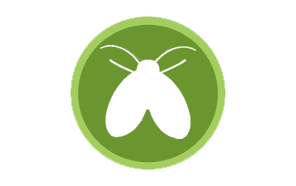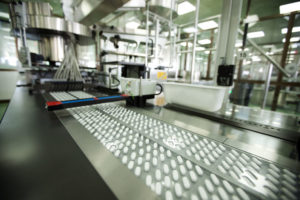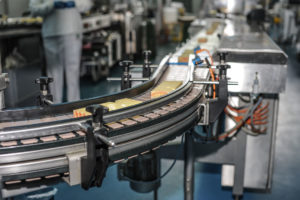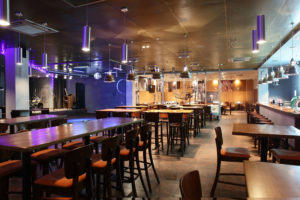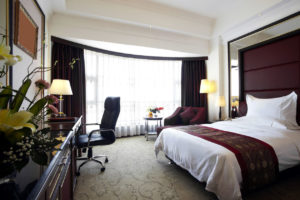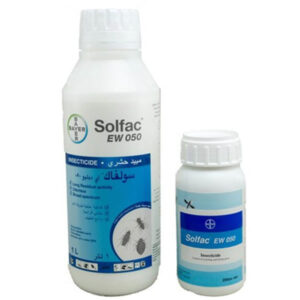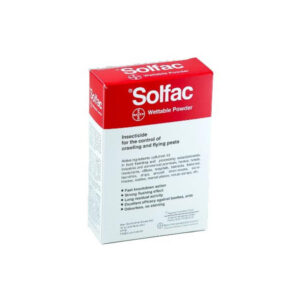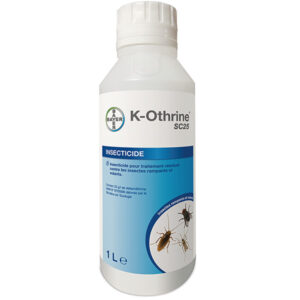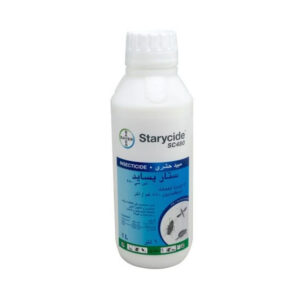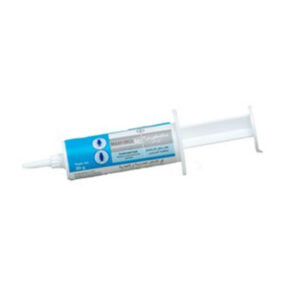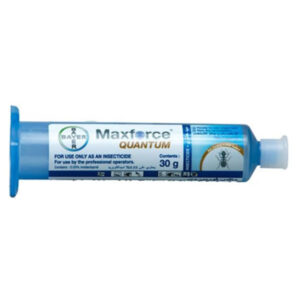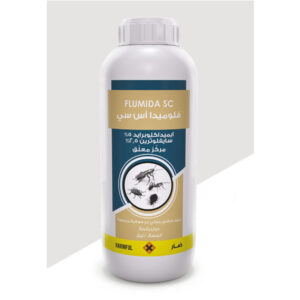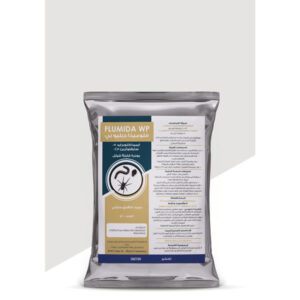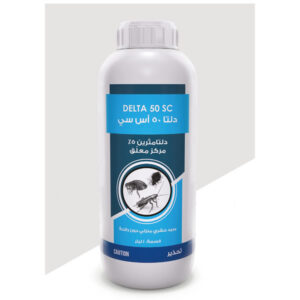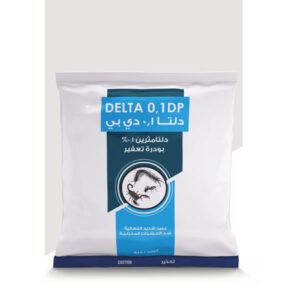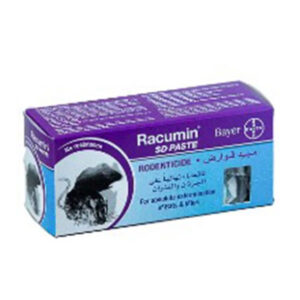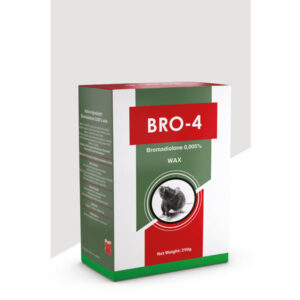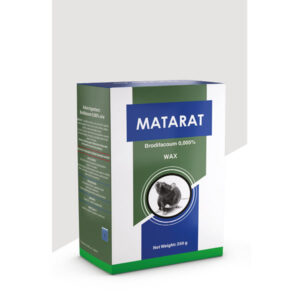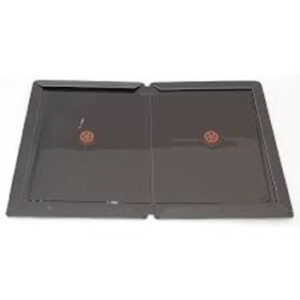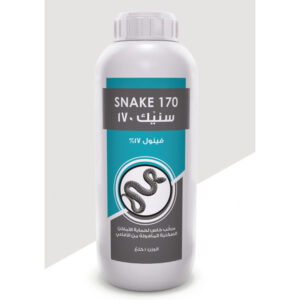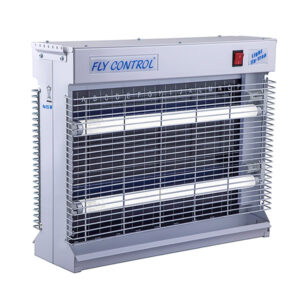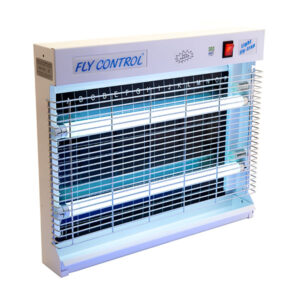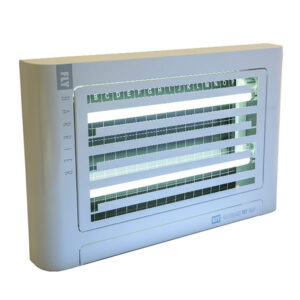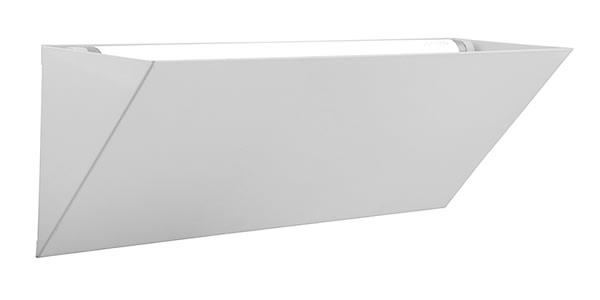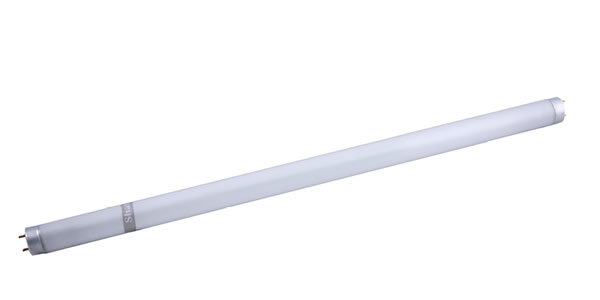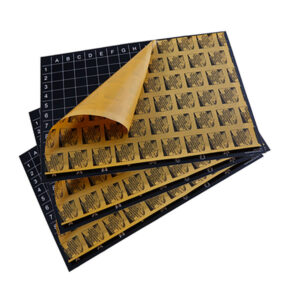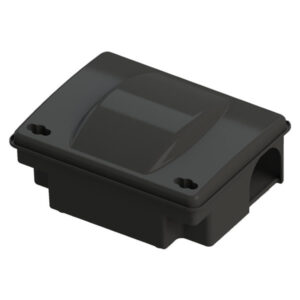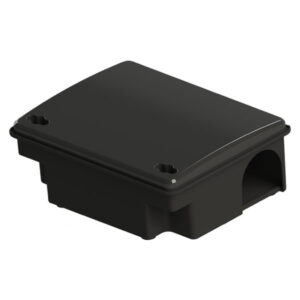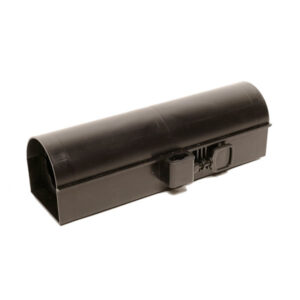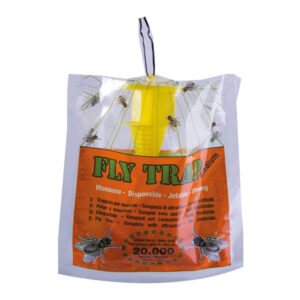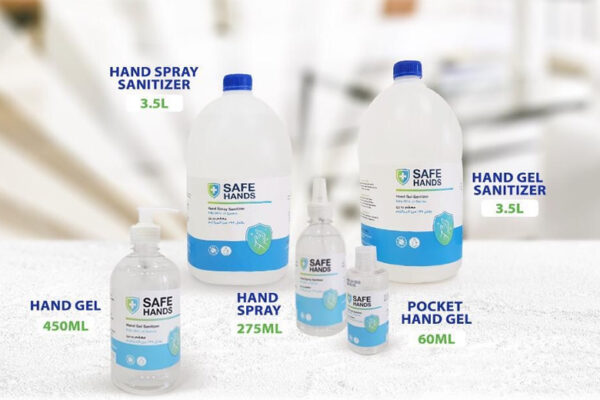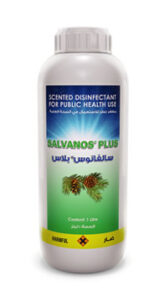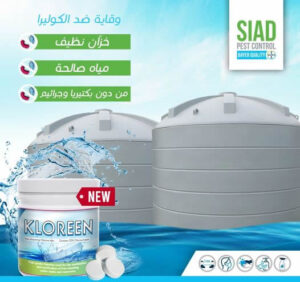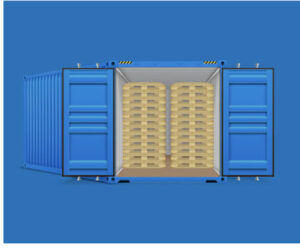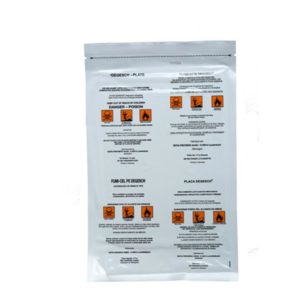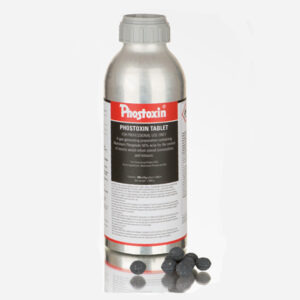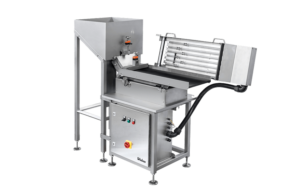
Species characteristics:
- Argentina Ants (Hymenoptera)
Brown; some light brown (3-3.5 mm long).
They are social insects and live in colonies which are large to very large consisting of: workers (sterile females), fertile males and queens (fertile females). There are usually many queens in a colony (multiqueen colonies) and they co-exist amicably.
Argentine ants prefer a sweet food source such as honeydew, fruit juices and plant secretions, but will also forage on proteins such as meat, insects, eggs and fat. They may even attack small, vulnerable animals. - Black Ants (Hymenoptera)
Black Ant; workers 3.4-5mm long, queens 15mm long;
Color: workers dark brown-black; queens mid-brown; waist of only one segment. - Pharaoh Ants (Hymenoptera)
Workers 1.5-2mm long, yellow-brown in color occasionally with a brown abdomen.
Males 3mm long, black. Winged (but do not fly). Queens 3.6-5mm long, dark red in color. Winged (but do not fly). Wings are lost soon after mating.
Life cycle:
- Argentina ants: brown color (adult size: 3-3.5 mm long). Prefer sweet food. Their habitat: Basements, wastes, harbor ships. Sunny, outdoor areas.
- Black ants: dark brown-black color (adult size: 3.4-5mm long). Found outdoor area (grass and walls and under paving). There are: workers (sterile females); fertile males; and queens (fertile females). The entire cycle from egg to adult takes about 2 months to complete.
- Pharaoh ants: yellow –brown in color occasionally with a brown abdomen (adult size 3mm). Colonies consist of: Workers (sterile females), fertile males and queens (fertile females). Infestations in buildings are relatively unaffected by the seasons. The whole cycle from egg laying to adult takes about 51⁄2 weeks depending upon temperature.
Behavior:
- All ants (small and large) live in colonies.
- Their colonies consist of an egg-laying female/s (queen or queens), short-lived males, and workers (sterile females).
- The ants you see foraging in your garden or kitchen are workers. It is the job for these worker ants to forage and lay down a trail pheromone that tells other worker ants where to find the food.
- In the spring, ants develop wings and fly to new locations and invade homes to forage for food or to establish a new colony nest.
- Ants are attracted by sugary substances, but in the maximum egg production and colony development period, they also seek high protein content and therefore tend to infest homes, food industries, breeding farms.
Ants as Pest:
Pathogenic organisms may be transmitted mechanically as the ants feed in unhygienic places including drains, refuse bins, wound dressings…
Identification:
The nests of ants can be located by following their trails.
Ant treatment:
SIAD Pest Control use monitoring traps, gel bait application, space treatment (spraying or ULV) using wettable powder (WP), insecticides, dust powder (DP) and Insect Growth Regulator (IGR) can be applied depending on the areas to be treated and infestation level.









